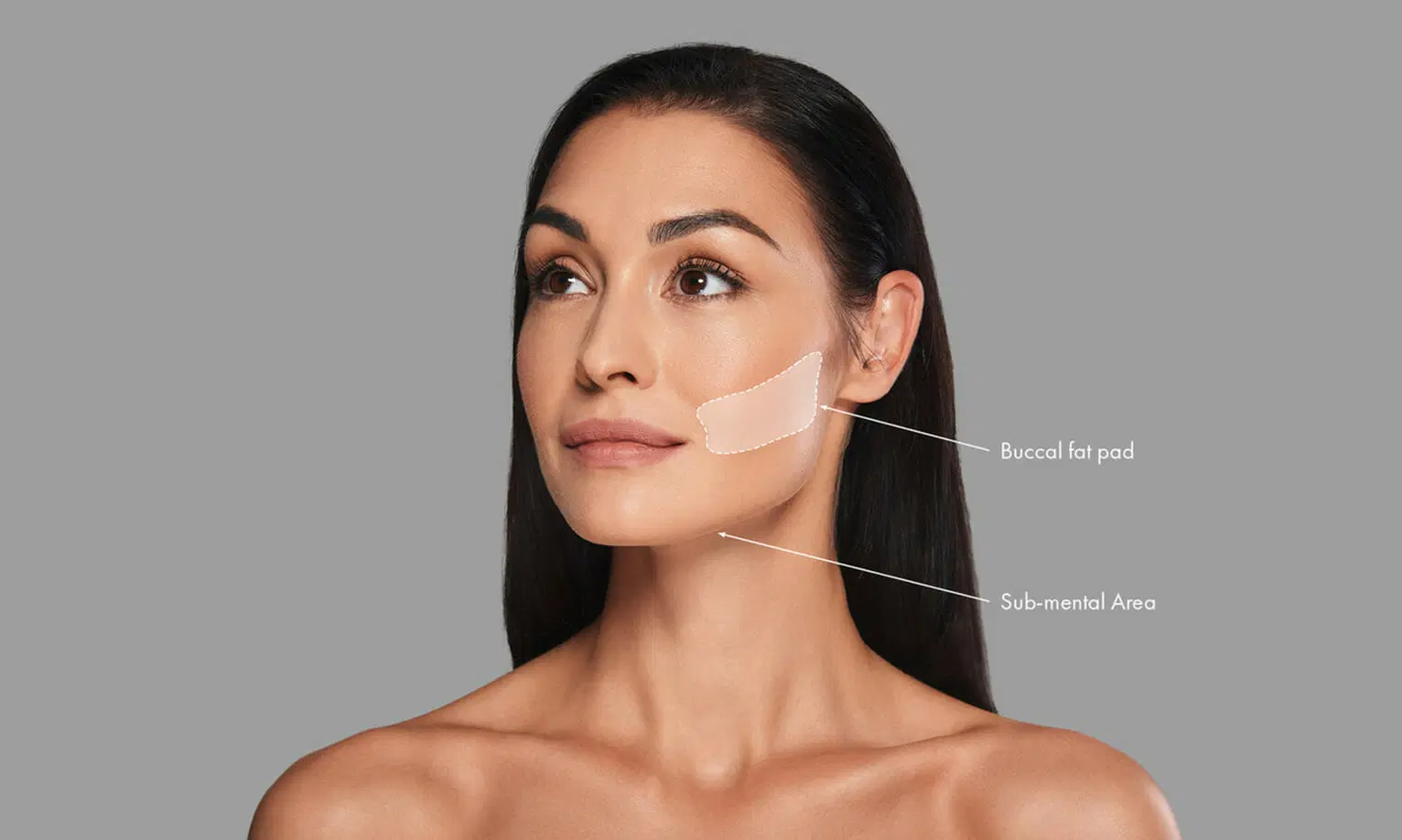Everything You Need to Know About Buccal Fat Removal
Buccal fat removal has been hitting the headlines lately, as the ultimate ‘Hollywood secret’ to facial contouring - it’s becoming a viral phenomenon to speculate which celebrities may have had the procedure (currently, Chrissy Teigen is the only A-lister to have publicly admitted to it). However, the non-reversible surgical treatment does come with risks so it’s important to look to the experts for their advice. We spoke to Dr. Leonardo Fasano, Body Sculpting Specialist at The Harley Medical Group, for his thoughts on the trending treatment.
What is buccal fat removal?
Ultimately, this procedure aims to reduce the volume in the cheek area. This technique is an excellent option for somebody with a disproportionate volume in this area, giving the appearance of a chubby face. It aims to enhance sharpness in the face, by accentuating the cheekbones and jawline and minimising any roundness of the face.
What happens during the procedure?
The buccal fat removal is performed under local anaesthesia while the patient is awake. The standard approach involves making an incision in the back of the oral cavity approximately at the level of the second upper molar. Once the incision is done, the surgeon locates the buccinator muscle and its fibres are separated without damaging it, and the buccal fat is visualized and gently harvested. Gentle pressure can be applied to facilitate its removal. After the appropriate amount of fat is removed, the surgeon cauterizes it’s base and uses self-absorbing stitches on the incisions previously created in the oral mucosa. On average, the operating time takes 30 minutes.
What is the downtime post-procedure?
The most common post operative issue is the swelling of the area, which usually completely disappears within 2 weeks and the final result can often be seen roughly 3 months after.
Is Botox an alterantive treatment to achieve the same effect?
When the root of the excessive volume in the lower face is a hypertrophic masseter muscle, botulinum toxin (botox) is considered a great treatment. By paralyzing the most superficial muscle fibres, the botulinum toxin efficiently slims the size of the muscle, achieving a noticeable reduction in the volume of the cheeks. This alternative works on a muscle, rather than the buccal fat pad. Because of this reason, not all patients will be suitable for this alternative. Even if the minimal invasiveness of this treatment sounds very appealing, it is worth mentioning that some potential side effects could include chewing issues.
Are there risks associated with buccal fat removal?
The most important risk associated with this procedure is the injury to the buccal branch of the facial nerve; these nerves branches control facial sensation and muscle function. Their damage can lead to rather challenging complications such as loss of taste, change in sensation and paralysis of some facial muscles. In patients where the parotid gland duct runs deep into the buccal fat pad, it’s damage can lead to a salivary fistula or saliva build-up.
What do you honestly think of the trend?
As an aesthetic doctor I want my patients to sleep comfortably at night knowing they have chosen the right treatment for them. In this sense, a thorough face to face consultation is important to establish if the best treatment for my patients’ concerns and whether a buccal fat removal is appropriate or in fact would something else be better suited to their needs. When patient selection is done correctly, the results can be dramatic, and life changing for the better.
What would an ideal candidate look like – age/face shape etc.?
The ideal patient for buccal fat removal is someone who’s particularly distressed by the appearance of their lower cheek area. People interested in this treatment should be in a healthy BMI range. A good skin quality is also vital for optimal results. Your surgeon should examine the extent of skin laxity before proceeding with the surgery. When there is a compromised skin quality, other treatments may be necessary to achieve the desired results such as a lower face and neck lift or laser treatments.

